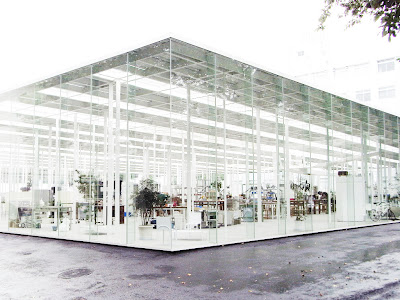I wonder if i use this way to express modern architecture, what will happen?
1) In Architectual Mandala, it always use the aerial view of Chinese perspective(cavalier perspective ) which can sufficient express the structure, plan and facades of the architecture all together at the same time.
Chinese perspective, a perspective that had no explicit vanishing points; every scene of the scroll painting would be seen individually and a vanishing point that lies outside the viewport creates a disoriented view of the scene.
The Chinese scroll paintings show a development in time --a form. of "narrative art", in contrast to the paintings that were made in Europe at the time, which show a "situation" rather than a development.
Chinese perspective, a perspective that had no explicit vanishing points; every scene of the scroll painting would be seen individually and a vanishing point that lies outside the viewport creates a disoriented view of the scene.
The Chinese scroll paintings show a development in time --a form. of "narrative art", in contrast to the paintings that were made in Europe at the time, which show a "situation" rather than a development.
2) It also drawing some relevant process and story about the building around it.
i think it have the narrative quality.

































